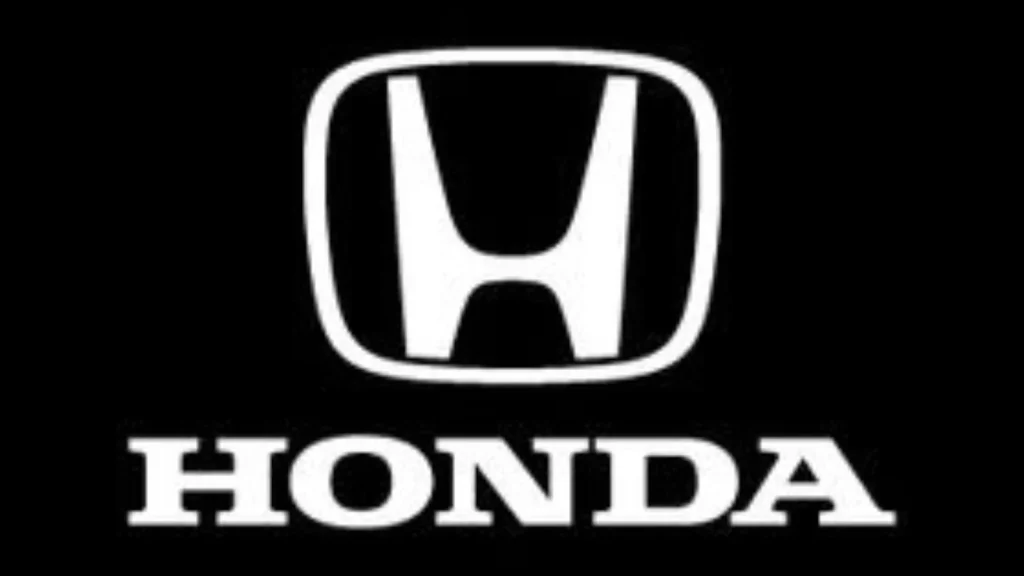Honda is delaying its 2026 F1 power unit homologation until February to maximise development time.
Honda is extending 2026 powertrain developments to maximise development time for the 2026 Formula 1 regulations. The manufacturer is planning to finalise everything as late as February 2026.
This approach will enable the Japanese manufacturer to refine its V6 turbo-hybrid engine. Giving them until the “very last moment” before submitting it for FIA approval.
Extending development for performance gains
The regulation changes in 2026 bring a new era of Formula 1. The changes in the power unit regulations introduce a more balanced power distribution between the internal combustion engine and the electrical component, aiding F1 reach its goal of net zero by 2030.
The 1.6 litre V6 turbo power unit will have its output reduced to 550bhp, with the additional power needed to reach approximately 1000bhp coming from the electric motor.
Honda’s partnership with AstonMartin from 2026 will be the engine manufacturer’s first full-fledged entrance into the competition since leaving in 2021.
Tetsushi Kakuda, leader of Honda Racing Corporation’s F1 project, stated that the company has reached a “considerable stage” in its engine development. However, with its delayed re-entry into the F1 powertrain scene, Honda is pushing for the longest possible timeframe to fine-tune its power unit.
“We are aiming to submit the homologation in February next year—since we had a slightly late start, we want to push forward until the very last moment,” Kakuda explained. “It’s difficult to say exactly what percentage of progress we have made, but I believe we have reached a considerable stage.”
Honda overcoming development challenges
Honda’s decision to extend development comes with significant challenges, particularly in high-speed combustion efficiency and fuel-related factors. As Kakuda noted,
“The environment is changing drastically, and things will not work the same way as before. However, for a gasoline engine, the eternal goal is to burn fuel as quickly as possible. We are currently building an environment to achieve something similar.”
Additionally, Honda must align its power unit’s physical dimensions with Aston Martin’s chassis development timeline. While the external specifications must be finalised early, internal refinements can continue until homologation, ensuring Honda can extract the best possible performance within the regulations.

Honda’s strategic timeline emphasises the engine manufacturers’ ambition to be a competitive force in the coming years. With Aston Martins’s recruitment of Adrian Newey and Honda, they will be hoping to establish themselves as a dominant team for the coming years.
Honda is positioning itself in a way to maximise technological advancements and deliver a power unit capable of challenging future championships.
Feature Image Credit



